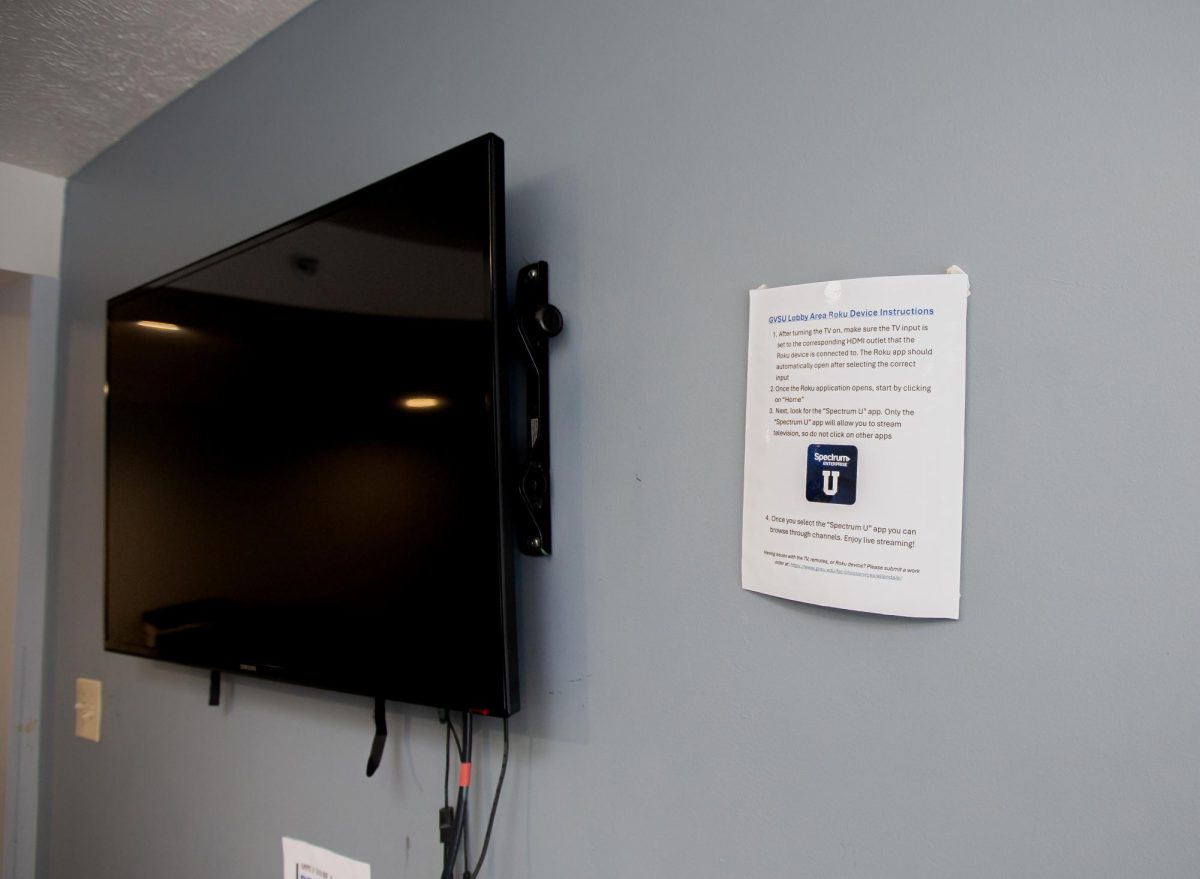‘A thorny issue’
Jun 6, 2016
The months of the year stand for
many different national celebrations. February has long been recognized as
Black History Month and July is widely known as National Ice Cream month.
However, it is less known that May is regarded as Mental Health Awareness Month.
To kick off Mental Health
Awareness Month, the Health Forum of West Michigan hosted their second meeting
in a series on May 6 to discuss what was referred to as a “thorny issue:”
mental health. Their main focus was to figure out the best ways West Michigan
could not only integrate mental and behavioral health with physical medicine,
but be the leaders in Michigan to do so.
Michigan’s scope of the issue is
better than most states, said Lynda Zeller, one of three panelists who
gave presentations. Zeller is the deputy director for Behavioral and
Developmental Disabilities administration at the Michigan Department of
Health and Human Services. She encouraged those in attendance to ask the tough
questions about how to integrate services for the mentally ill.
“The challenge from a public
policy standpoint is how do we promote the best service delivery structure,
administrative and oversight structures and payment structures that promote
whole health and wellness outcomes for the people who use these systems,” she
said.
Zeller focused her speech on the
‘why’, the ‘what’ and the ‘how’ of mental health integration. She
explained the ‘why’ was clear: there is a high percentage of people who suffer
from serious mental illness in jail, there is a high number of homeless people
and there is inconsistent healthcare access to those with a mental illness.
“When you look at the highest
utilizers (from) Michigan Medicaid data, the highest utilizers of acute care
services, emergency room and inpatient, (the) first category is persons with
substance abuse disorders and addictions,” Zeller explained. “The second
category of highest utilizers is persons with mental illness.”
Stan Stek, a Kent County
Commissioner, also focused on what could be done for those suffering from mental
illness. He talked in terms of silos, with the two main silos of service being
a behavioral health silo and the other being the physical health silo. He also
mentioned other service silos, such as education, housing, and employment. He
believes when people have a need, they sometimes are not directed to the
correct silo.
“If you expand beyond the two main
silos of service, (the) fact is that we really are more segmented in service of
these needs,” he explained. “When people come in for service to these various
silos, they don’t necessarily bring the right needs to the right silo.”
Stek
discussed what the goal of integration would be: improved outcomes for clients,
improved satisfaction and optimizing cost efficiencies. He called this the
triple aim.
“Not
only should we continue to look at ways of enhancing the system’s function
integration between them because its best for the clients we serve, but we have
to do it because we have a financial challenge,” he said.
Stek
explained that not only is there billions of dollars being paid on the federal
level for Medicaid and Medicare, on a state-wide level there is over $17
billion being spent for healthcare. This amount will only increase as the
number of enrollees also increases.
Chris
Shea, the CEO of Cherry Health, an “independent, non-profit
Federally Qualified Health Center (FQHC),” spoke about the service delivery
side of integrated care. An issue, similar to what Stek discussed, is not having the financial ability to serve everyone who needs help.
“We have about 68,000 people we serve every year (but) we only have the capacity to serve about 33,000 with our integrative primary care,” he said. “We’ve got to figure out a way to change those financial formulas (and) in the long run we need an attitude that will allow us to make those changes.”
The next Health Forum of West Michigan will be on Friday, September 2 from 7:30 a.m. to 9:30 a.m. at GVSU’s Loosemore Auditorium.

























